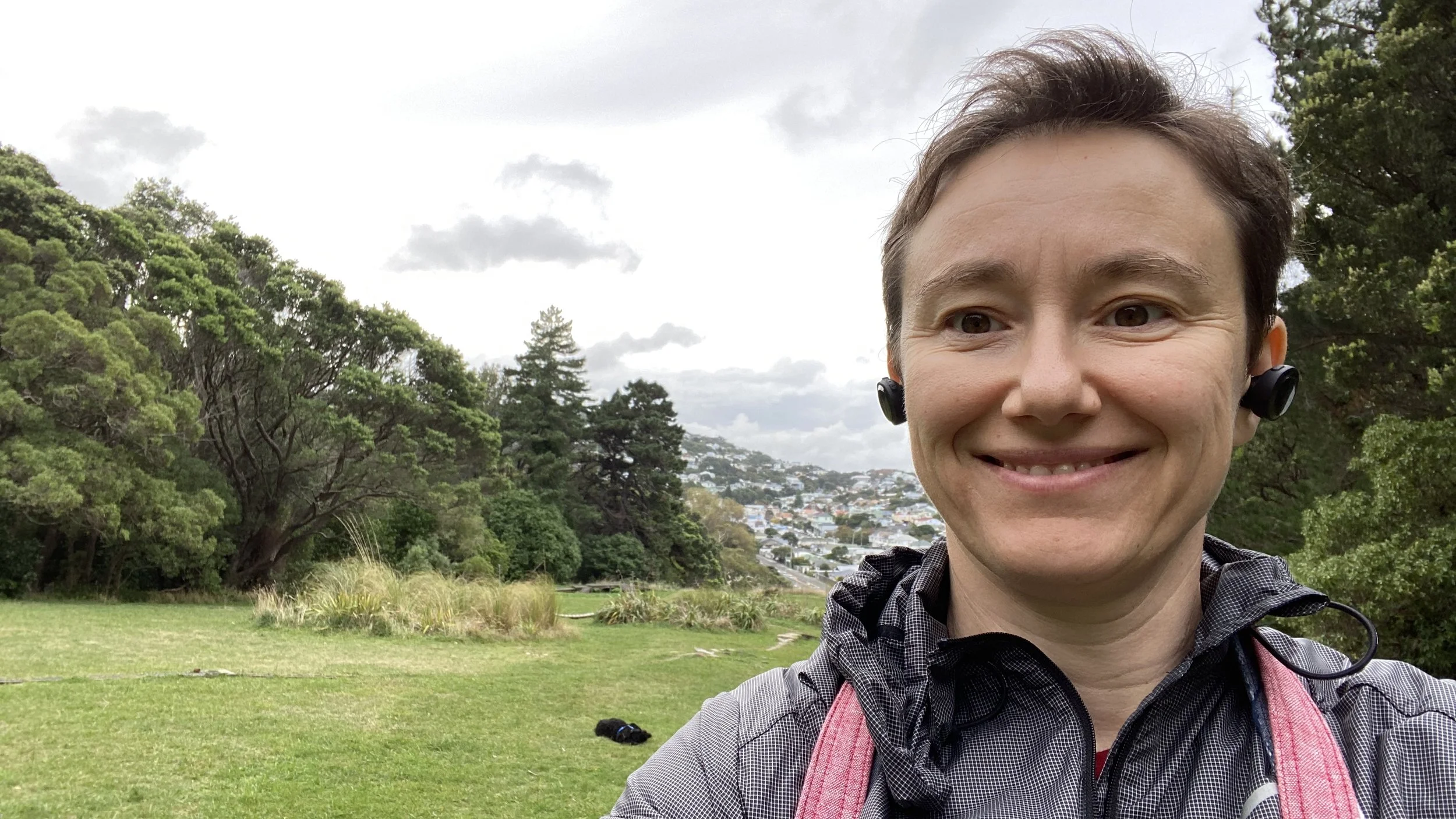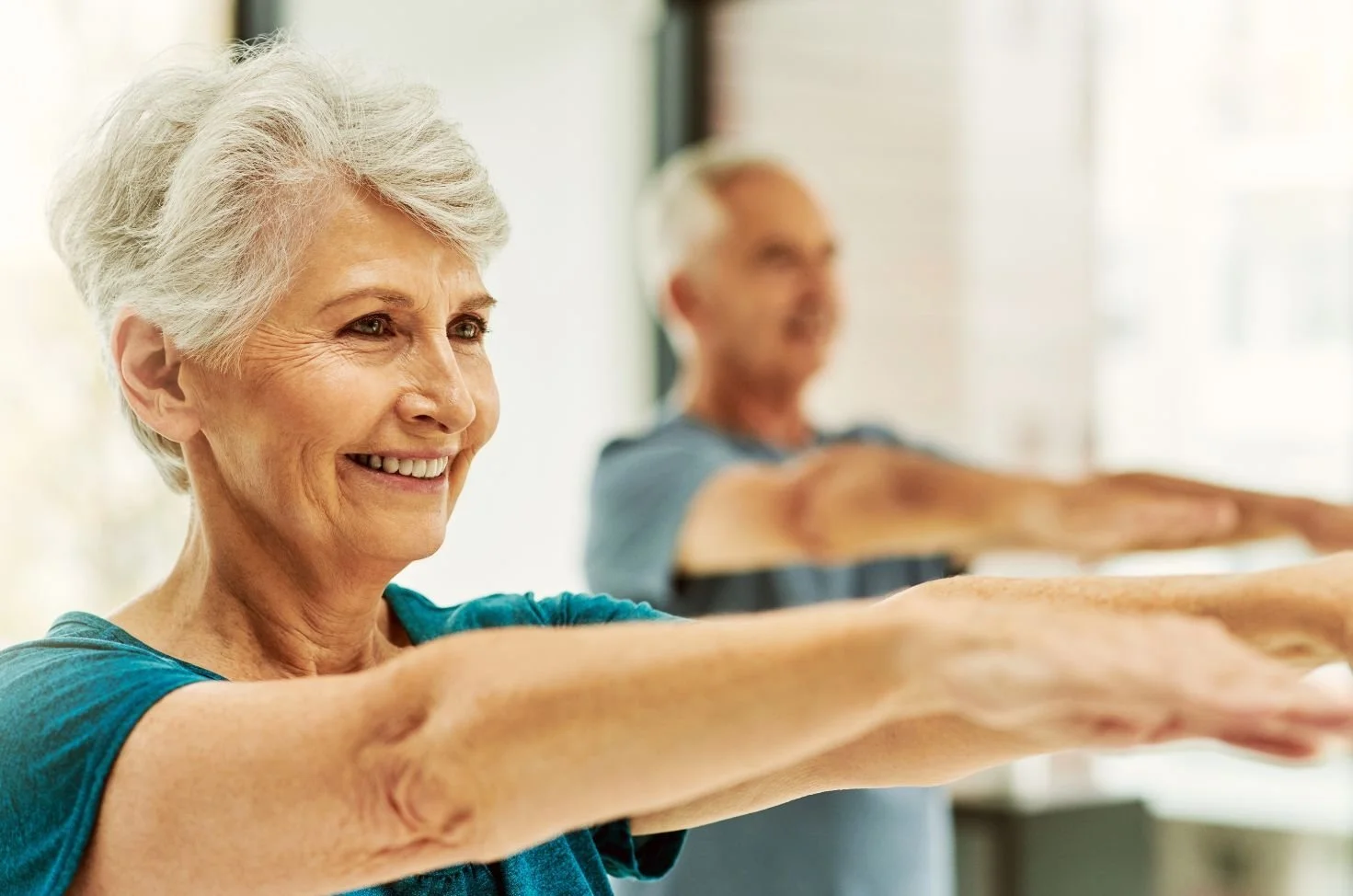Dense Breasts Explained: Dangers, Myths & What You Need to Do
Today, I want to explain a topic that’s often misunderstood but really important for women’s health: breast density. Whether you’ve been told you have dense breasts, know someone with breast cancer, or just want to understand your own risk, this information will help you make better decisions about breast screening.
Understanding Your Breast Surgery: From Preparation to Recovery - A Patient's Guide
Facing breast surgery can feel overwhelming, whether it’s for cancer treatment or reconstruction. Knowing what to expect at each stage can help ease anxiety and empower you to take an active role in your care. Here’s a guide to what happens before, during, and after breast surgery, so you can feel prepared and supported throughout your journey.
The Power of Your Plate: Evidence-Based Foods for Your Health
As a breast cancer specialist practising in New Zealand for over 10 years, I'm frequently asked by my patients about the relationship between diet and breast health. One question particularly stands out: Can what I eat truly impact my risk of developing breast cancer or experiencing a recurrence?
The Essential Guide to Tamoxifen: Benefits, Uses, and What to Expect
Tamoxifen is a part of breast cancer treatment, and it’s used for hormone receptor-positive (Oestrogen [Er] or Progesterone [Pr]) disease. If you or someone you know has been diagnosed with hormone receptor-positive breast cancer, you've likely heard about tamoxifen. It's a medication that many breast cancer specialists regularly prescribe to help treat and prevent breast cancer.
Making Informed Choices: Understanding Your Breast Cancer Surgery Options According to a Recent Study
Many women diagnosed with breast cancer face challenging decisions about their treatment options. A fascinating new study from Memorial Sloan Kettering Cancer Centre sheds light on how different surgical approaches affect women's lives after treatment. The researchers compared two main options: breast-conserving therapy (BCT) and post-mastectomy breast reconstruction (PMBR). After following 6,215 patients, they found some eye-opening differences in how women felt about their outcomes years after surgery.
The Science of Staying Motivated: Your Guide to Exercise and Healthy Eating
Have you ever noticed how much time we spend talking ourselves into starting a new diet or exercise routine? Sometimes, it takes longer to get motivated than to actually do the workout or make a healthy meal! Trust me, you're not the only one struggling with this. Getting yourself going can be the toughest part of building healthier habits. Between procrastination, life's many distractions, and those days when you just can't seem to find your mojo - it's challenging. But here's the good news: science has our back! Research in behavioural psychology has uncovered some really effective ways to push past these obstacles and create lasting changes. Let me share five practical strategies that I've found helpful in staying motivated on the path to better health.
Back to Work After Breast Cancer: New Research on Brain Function and Success
Getting back to work after breast cancer treatment is a huge milestone. It helps patients feel more normal and connected and provides the crucial financial stability we all need. But here's the thing - a new French study shows that about 1 in 5 women (21%) struggle to get back to work within two years of their diagnosis. A big part of this challenge? How cancer treatment affects their thinking and mental processing. Let’s break down what this research tells us about managing this journey back to work.
Introduction to Microplastics
Microplastics, tiny plastic particles less than five millimetres in size, are everywhere in our environment. They are found in water, air, food, and even within the human body, including organs like the liver, blood, and brain. The presence of microplastics in the human body has raised significant health concerns, as they may cause cell damage, inflammation, and disrupt the endocrine system. While completely avoiding microplastics is challenging, there are several strategies to reduce exposure through dietary and lifestyle changes.
Ultra-Processed Foods and Mortality Risk: What Patients Need to Know
In my clinical practice, I often emphasise to patients the importance of understanding how diet affects their health. A fascinating new study has revealed concerning links between ultra-processed foods (UPFs) and higher death rates. Let me walk you through these important findings and explain what they mean for your health.
Stay Strong, Age Well: Your Guide to Preventing Frailty
As we journey through life, our bodies undergo numerous changes. One significant concern that often arises as we grow older is frailty. But what exactly is frailty, and how can we recognise and prevent it?
New Ways to Treat Early-Stage Breast Changes: What We're Learning
During routine mammograms, doctors sometimes find changes in the breast's milk ducts called DCIS (Ductal Carcinoma In Situ). While this isn't invasive cancer, it has traditionally been treated with surgery just to be safe. However, exciting new research is showing that we might have other options that could be just as effective while being less invasive.
Building Your Inner Strength: How to Bounce Back Better
Life throws challenges at all of us. Whether it's dealing with health issues, work stress, or personal setbacks, our ability to recover and stay strong - what we call resilience - makes all the difference.
The Real Impact of Being Alone
What It Does to Our Bodies
You might think social isolation just makes you feel a bit down, but it actually hits our health pretty hard. Here's what the research tells us:
Empowering Women's Health: Our Vision for 2025 - New Menopause Clinic and Educational Initiatives
Exciting News for 2025: Expanding Our Care for Women's Health
I'm thrilled to share some exciting developments that we have planned for 2025. Our biggest news is the launch of our dedicated Menopause Clinic, where we'll offer comprehensive care that combines our expertise in menopause management and breast health. We understand that every woman's journey is unique, which is why we're committed to providing personalised care plans that address your specific needs.
End of Year Reflection: A Journey of Growth and Resilience
As we approach the end of another year, it's natural to reflect on the challenges, triumphs, and lessons learned throughout this remarkable journey. When considering my own performance and growth, I'm reminded of the importance of embracing a learning mindset—one that allows for continuous improvement and adaptation to the ever-changing landscape we navigate.
Bone Health and Breast Cancer: Understanding the Connection
Exploring the crucial relationship between bone health, osteoporosis, and breast cancer treatments. Bone Health and Osteoporosis: Our bones are living tissues that constantly change. Hormones and physical activity help control this process. Two types of cells are important: osteoblasts (which build bone) and osteoclasts (which break down bone).
Safety of Vaginal Estrogen Therapy for Breast Cancer Patients: New Insights
Breast cancer survivors often experience genitourinary syndrome of menopause (GSM). This condition is frequently undiagnosed and untreated and can start earlier due to cancer treatments. There's been little evidence about the safety of vaginal hormone therapies for women with or at high risk of breast cancer.
Optimising Breast Cancer Care: The Role of Aromatase Inhibitors
Breast cancer is a significant health issue affecting many women worldwide. In New Zealand, it's the most common cancer and the second leading cause of death for women. The impact of breast cancer varies among different ethnic groups. Māori and Pacific women are more likely to get breast cancer than New Zealand European women.
Exercise Programs and Reduced Hospitalisation in Older Adults: Insights from Recent Research
Regular exercise enhances overall cardiopulmonary fitness and plays a crucial role in both primary and secondary prevention of cardiovascular disease. However, several obstacles impede increased physical activity, including time constraints, physical limitations, motivational factors, and inadequate facilities.
Understanding the Limited Impact of Hormonal Contraception and Menopausal Hormone Therapy on Breast Cancer Risk
I recently listened to Prof JA Eden's presentation at the World Menopause Congress on the topic “Why do hormonal contraception and menopausal hormonal treatment have such a small effect on breast cancer risk?”. This is a summary and my interpretation of his talk.




















